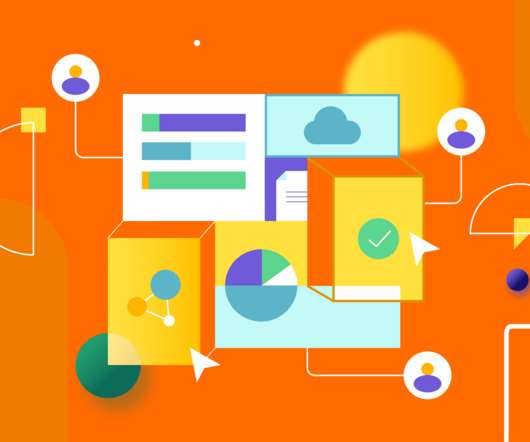Building a Multi-tenant Enterprise SaaS Application on AWS (Step-by-Step Guide)
Frontegg
JUNE 30, 2021
On the other hand, since customer data can get mixed, an application needs to be developed to logically separate customer data. We will see later that the technologies integrated into AWS allow this difficulty to be quickly resolved. How to Build a Multi-tenant SaaS Application on AWS? Create Your Users.














Let's personalize your content